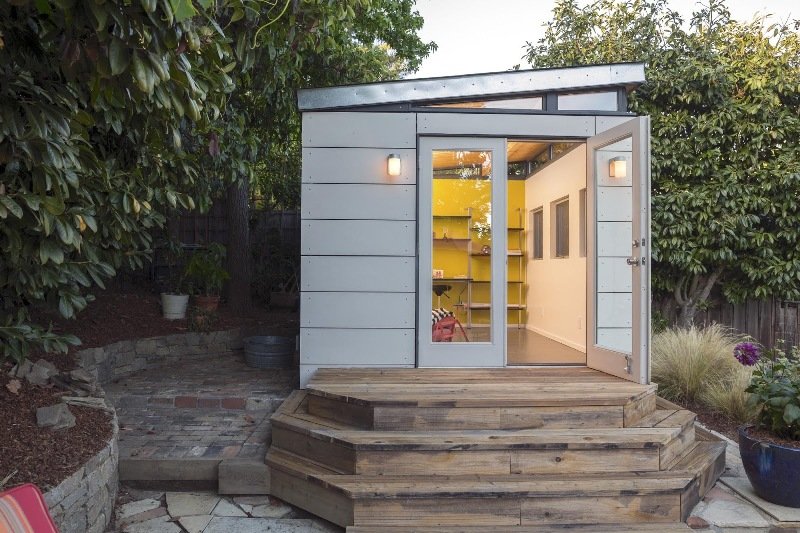When looking to build an ADU, many people get big ideas in their heads that are not always feasible. This is one of many ADU mistakes that individuals make during the planning process. Here is how to avoid falling in love with a design concept that just won’t work.
Consulting A Design/Planning Professional
A planning ADU professional will be able to help you identify and avoid common ADU mistakes, including feasibility ones. They have a deep understanding of the current local guidelines in your area and can let you know if something like a feasibility study will need to be performed or not based on your ideas.
They can also help to prevent you from falling in love with an idea that just won’t work or have ways to help you bring that idea to life by modifying it slightly to fit local guidelines.
Knowing the Feasibility Laws
Many people don’t realize that there are two sets of laws they need to abide by when building their ADU. There are both state and local laws with different regulations that will all apply to you.
If you just look at state laws, you will likely end up coming up with a plan to build an ADU that won’t be approved by your local city because their regulations are much more in depth.
Know the Different Feasibility Parameters
Most people are only aware of setback and height requirements. They don’t realize there are multiple parameters that they need to take into consideration when determining the ADU feasibility of their design.
Other parameters include:
- Occupancy rules
- Parking requirements
Even if they do realize there are setback requirements, they may not completely understand all the different rules and regulations that may apply to them. Most of the time, properties on the same street will fall under different regulations which is why you need to be very diligent in your feasibility research.
Avoiding Feasibility Mistakes
Don’t put time and money into building an ADU that won’t get approved and can cost you hefty fines if you go ahead building it anyway. Take your time to do your feasibility research first.




















